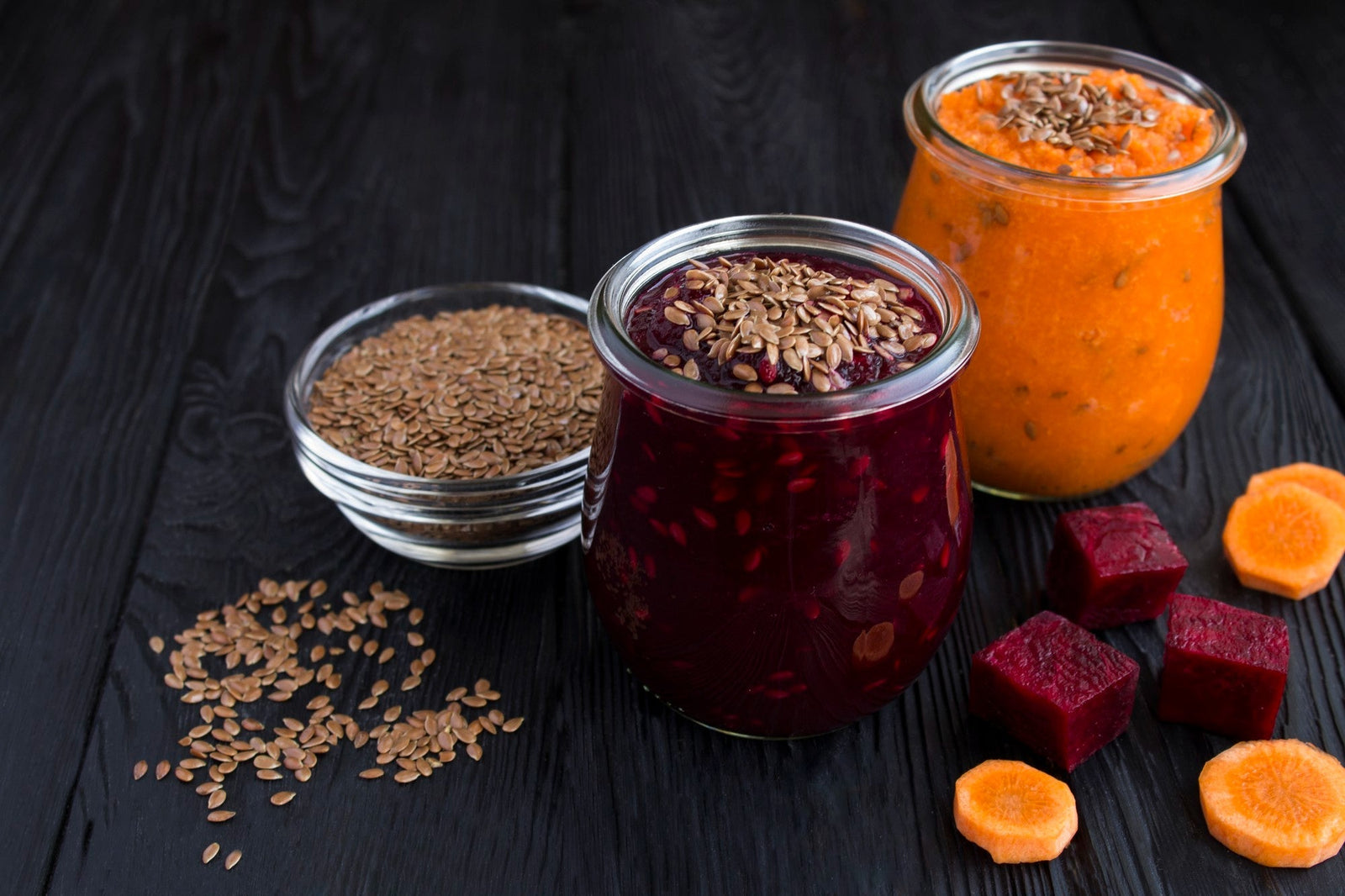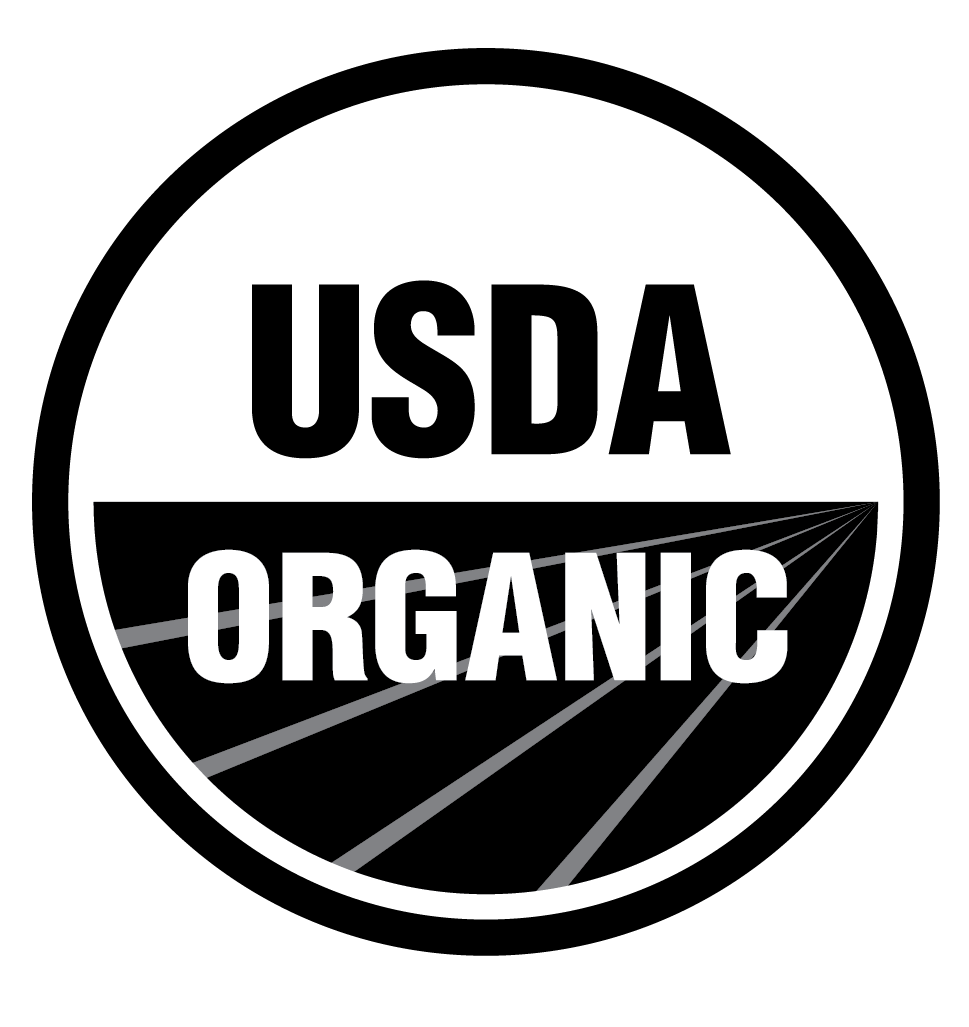
May 18, 2021 2 min read
Origin of spelt
Spelt is considered one of the world’s ancient grains. Its lineage can be traced to a mention in the Old Testament and it is known to have been cultivated since 5000 B.C. Historical evidence also supports the fact that spelt was cultivated by ancient cultures both in the Middle East as well as in Europe. However, despite its historical origins, there has been very little breeding of spelt. It has long been a popular health food in many European locations where it may be known as other names such as Farro or Dinkel.
How Is Spelt Different From Wheat?

Spelt is a distant cousin to modern-day wheat but unlike contemporary varieties of wheat, it does not require pesticides, making it a more nutrient-dense and healthier option than traditional wheat varieties. Like other species of ancient grains, spelt also has a lower gluten content. Another feature of spelt flour is that its gluten content breaks down more easily than wheat gluten making it easier to digest.
One more feature that distinguishes spelt from wheat, is that while wheat has been highly hybridized, the simple genetic structure of spelt has not been tampered with. This makes spelt retain all its original nutritional goodness without any genetic modification.
Stay tuned for next week's blog on the nutritional value of spelt. Check out our other Healthy & Organic Living blogs here.
❤ Try our USDA certified organic Spelt Wheat Berries ❤
Other Spelt Blogs:
Thanks for reading this Be Still Farms Blog article. To sign up for more news/articles and/or recipes, click here. For more about us, click here. To shop our certified organic products, click here.
Please comment and share and we look forward to serving you in the future!
Comments will be approved before showing up.

January 27, 2025 3 min read
Flaxseed, the tiny yet powerful superfood, is packed with nutrients that can support weight loss. From curbing hunger to stabilizing blood sugar, this guide dives into the science of how flaxseed can help you shed those extra pounds.

December 11, 2024 3 min read
Discover three quick and easy soup recipes featuring organic small red beans. From a classic vegetable soup to a creamy potato blend, these wholesome recipes are perfect for chilly days and busy weeknights. Packed with flavor and nutrition, these soups will warm your heart and soul this winter!

December 06, 2024 3 min read
This vibrant and nutritious Green Lentil Salad combines tender lentils with grilled chicken, fresh vegetables, and a zesty lemon dressing. Packed with protein, fiber, and essential vitamins, it’s the perfect healthy meal for any time of day.
© 2025 Be Still Farms- Real, Fine Organics.
Privacy | Terms | Refund Policy | Organic Certification
